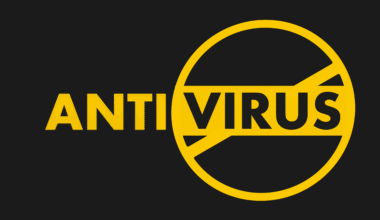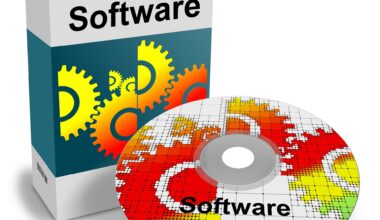In 2025, software is at the heart of everything—whether it’s for school projects, running a small business, or managing personal finances. But when it comes to choosing tools, the question is often: Should you go for open-source software or invest in paid software?
In this post, we’ll break down the pros, cons, and examples of each, helping you decide which path to take in 2025.
What Is Open-Source Software?
Open-source software is developed and maintained by a community. The code is publicly available, meaning anyone can view, modify, or contribute.
Examples in 2025:
-
GIMP (an alternative to Photoshop for image editing)
-
LibreOffice (replacement for Microsoft Office)
-
Audacity (audio editing)
-
Linux (the operating system powering many servers and even desktops)
-
Blender (3D modeling and animation software)
What Is Paid Software?
Paid (or proprietary) software is developed by companies or individuals who sell licenses for use. The source code is closed, and the focus is on user experience, premium features, and customer support.
Examples in 2025:
-
Adobe Photoshop & Illustrator (creative design)
-
Microsoft Office 365 (productivity suite)
-
Final Cut Pro / Adobe Premiere Pro (video editing)
-
Norton/Bitdefender (security software)
-
Zoom Pro / Slack Premium (communication tools)
Pros & Cons of Open-Source Software
✅ Pros
-
Free to use: Perfect for students or small businesses on a budget.
-
Community-driven: Updates and features often come from passionate contributors.
-
Customizable: Developers can tweak it to fit unique needs.
-
Transparency: Anyone can audit the code for security or improvements.
⚠️ Cons
-
Learning curve: Interfaces may be less polished.
-
Limited support: Help mainly comes from forums, not official support teams.
-
Compatibility issues: Some open-source apps may lack smooth integration with popular paid ecosystems.
-
Slower adoption of trends: Cutting-edge features may arrive later compared to premium competitors.
Pros & Cons of Paid Software
✅ Pros
-
User-friendly: polished design, smoother workflows, and fewer technical barriers.
-
Professional support: Customer service, training, and documentation are readily available.
-
Advanced features: Often more robust for professional use.
-
Regular updates: Companies push updates to stay competitive.
⚠️ Cons
-
Costly: Subscriptions and license fees add up quickly.
-
Locked ecosystem: You may become dependent on one provider.
-
Less flexibility: Can’t modify the software to fit unique needs.
Quick Comparison Table
| Feature | Open-Source Software | Paid Software |
|---|---|---|
| Cost | Free (or very low cost) | Subscription or one-time fee |
| Support | Community-driven forums | Professional support, customer service |
| Customization | Highly customizable | Limited (closed source) |
| User Experience | Sometimes complex | Polished & beginner-friendly |
| Updates | Community-led, may be slower | Regular, company-driven |
| Examples | Linux, GIMP, LibreOffice | Microsoft Office, Adobe Suite, Norton |
Which One Should You Choose?
-
Choose Open-Source If…
-
You’re on a budget.
-
You have some technical know-how.
-
You want software you can customize.
-
-
Choose Paid Software If…
-
You need advanced, industry-standard tools.
-
You rely on customer support and training.
-
You want convenience and a polished experience.
-
Final Thoughts
The choice between open-source vs. paid software in 2025 comes down to your priorities. If you value freedom, flexibility, and saving money, open-source solutions are fantastic. But if you need professional-grade reliability, seamless features, and customer support, paid software is often worth the investment.
In many cases, a hybrid approach works best: using open-source tools for everyday tasks while investing in paid software for mission-critical projects.










